While biomarkers have never been spotted in observations of an exoplanet, because their signal is so faint, the new generation of telescopes being planned today, such as the European Extremely Large Telescope, may be sensitive enough to detect them. New research presented to the European Planetary Science Congress at UCL by Lee Grenfell (DLR) aims to explore how such biomarkers might be detected in future.
Sep 12th, 2013
Read more
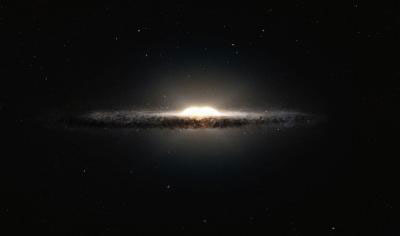 Two groups of astronomers have used data from ESO telescopes to make the best three-dimensional map yet of the central parts of the Milky Way. They have found that the inner regions take on a peanut-like, or X-shaped, appearance from some angles. This odd shape was mapped by using public data from ESO's VISTA survey telescope along with measurements of the motions of hundreds of very faint stars in the central bulge.
Two groups of astronomers have used data from ESO telescopes to make the best three-dimensional map yet of the central parts of the Milky Way. They have found that the inner regions take on a peanut-like, or X-shaped, appearance from some angles. This odd shape was mapped by using public data from ESO's VISTA survey telescope along with measurements of the motions of hundreds of very faint stars in the central bulge.
Sep 12th, 2013
Read more
New research outlines a new design of spatio-temporal models of astrophysical plasmas.
Sep 12th, 2013
Read more
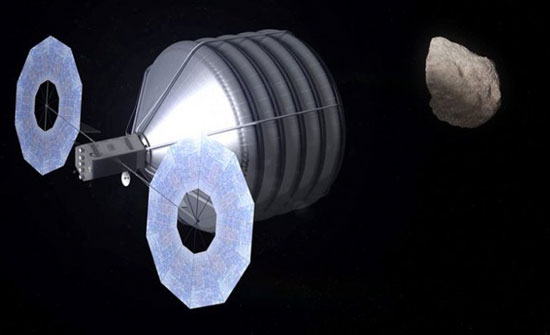 The US space agency has narrowed its hunt for an asteroid to capture to three, NASA said. The asteroids fit the requirements of being between seven to 10 meters in size, and further study should be able to narrow the choice even more.
The US space agency has narrowed its hunt for an asteroid to capture to three, NASA said. The asteroids fit the requirements of being between seven to 10 meters in size, and further study should be able to narrow the choice even more.
Sep 12th, 2013
Read more
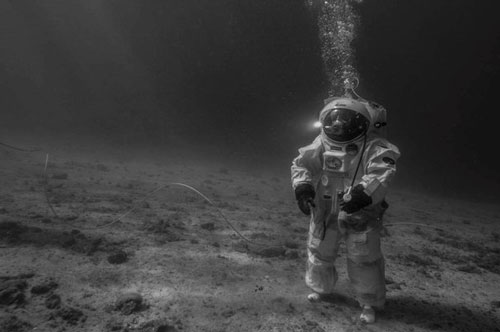 ESA astronaut Jean-Fran�ois Clervoy and ESA astronaut instructor Herv� Stevenin slipped into the roles of Neil Armstrong and Buzz Aldrin last week for an underwater simulation of the historic mission to the Moon.
ESA astronaut Jean-Fran�ois Clervoy and ESA astronaut instructor Herv� Stevenin slipped into the roles of Neil Armstrong and Buzz Aldrin last week for an underwater simulation of the historic mission to the Moon.
Sep 12th, 2013
Read more
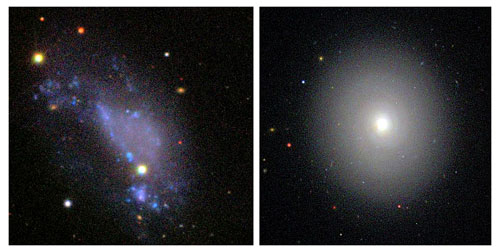 Astronomers have discovered the fundamental process responsible for the smooth, steady fade of older disk galaxies. They say the key is the clumps of interstellar gases and new stars within young galaxy disks.
Astronomers have discovered the fundamental process responsible for the smooth, steady fade of older disk galaxies. They say the key is the clumps of interstellar gases and new stars within young galaxy disks.
Sep 11th, 2013
Read more
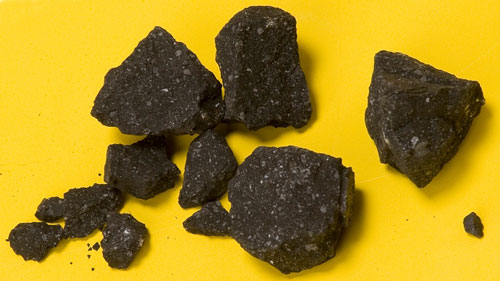 An important discovery has been made concerning the possible inventory of molecules available to the early Earth. Scientists found that the Sutter's Mill meteorite, which exploded in a blazing fireball over California last year, contains organic molecules not previously found in any meteorites. These findings suggest a far greater availability of extraterrestrial organic molecules than previously thought possible, an inventory that could indeed have been important in molecular evolution and life itself.
An important discovery has been made concerning the possible inventory of molecules available to the early Earth. Scientists found that the Sutter's Mill meteorite, which exploded in a blazing fireball over California last year, contains organic molecules not previously found in any meteorites. These findings suggest a far greater availability of extraterrestrial organic molecules than previously thought possible, an inventory that could indeed have been important in molecular evolution and life itself.
Sep 10th, 2013
Read more
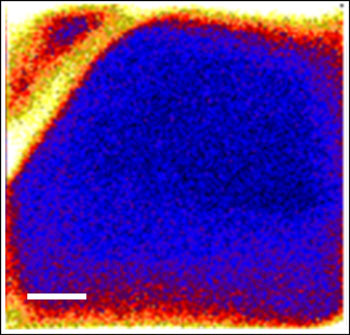 Water found in ancient Moon rocks might have actually originated from the proto-Earth and even survived the Moon-forming event.
Water found in ancient Moon rocks might have actually originated from the proto-Earth and even survived the Moon-forming event.
Sep 10th, 2013
Read more
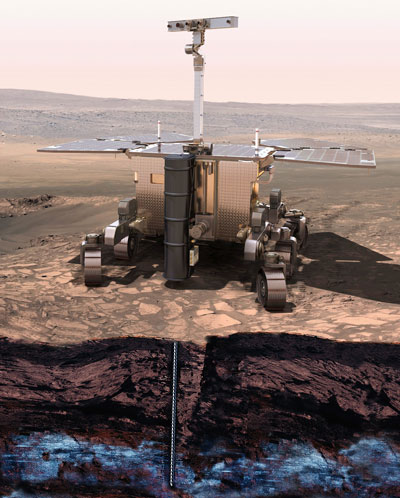 An instrument similar to those used on Earth by art detectives and to sense explosives at airports will be taken into space for the first time by ExoMars, the European Space Agency's mission to Mars in 2018. This Raman spectrometer will help space scientists to hunt for traces of Martian life.
An instrument similar to those used on Earth by art detectives and to sense explosives at airports will be taken into space for the first time by ExoMars, the European Space Agency's mission to Mars in 2018. This Raman spectrometer will help space scientists to hunt for traces of Martian life.
Sep 10th, 2013
Read more
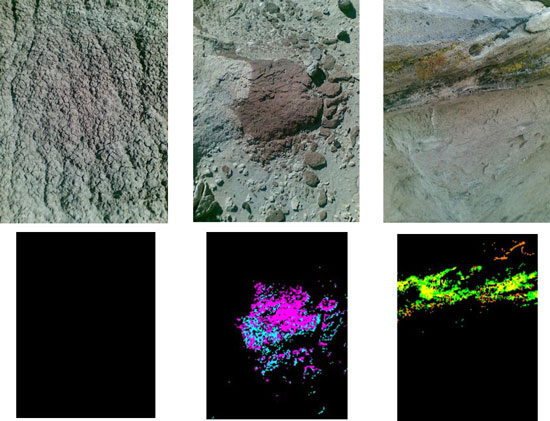 A novel, hybrid part-human, part-machine visual system that uses a simple mobile phone camera has been developed to search for evidence of past or present life in planetary analogue sites on Earth.
A novel, hybrid part-human, part-machine visual system that uses a simple mobile phone camera has been developed to search for evidence of past or present life in planetary analogue sites on Earth.
Sep 10th, 2013
Read more
Unresolved questions about the nature of supermassive black holes, gravitational monsters at the heart of nearly all large galaxies, were at the forefront of a recent conference at the Kavli Institute for Theoretical Physics (KITP) at the University of California, Santa Barbara.
Sep 10th, 2013
Read more
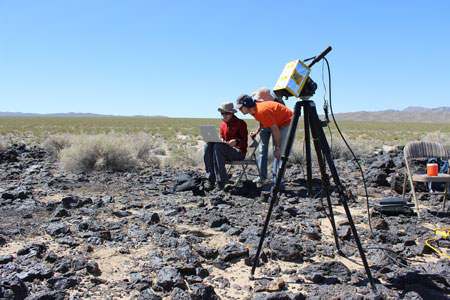 Mars rovers, such as Curiosity, currently can't make science decisions on their own. That has to change if future rover missions are to make discoveries further out in the solar system, scientists say. To help future rover missions spend less time waiting for instructions from Earth, scientists at the Jet Propulsion Laboratory in Pasadena, Calif., developed an advanced two-lens camera, called TextureCam, that can think about the pictures it snaps and make science-based decisions.
Mars rovers, such as Curiosity, currently can't make science decisions on their own. That has to change if future rover missions are to make discoveries further out in the solar system, scientists say. To help future rover missions spend less time waiting for instructions from Earth, scientists at the Jet Propulsion Laboratory in Pasadena, Calif., developed an advanced two-lens camera, called TextureCam, that can think about the pictures it snaps and make science-based decisions.
Sep 9th, 2013
Read more
Heidelberg scientists develop theoretical model to interpret data from the Planck satellite.
Sep 9th, 2013
Read more
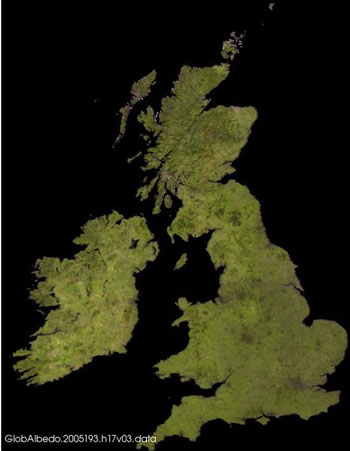 The amount of sunlight being absorbed or reflected by Earth is one of the driving forces for weather and climate. Satellites are providing this information with unprecedented accuracy.
The amount of sunlight being absorbed or reflected by Earth is one of the driving forces for weather and climate. Satellites are providing this information with unprecedented accuracy.
Sep 6th, 2013
Read more
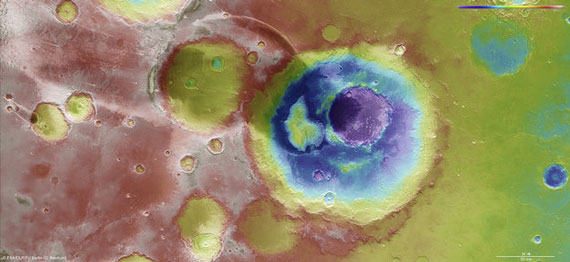 Exceptional structures deposited and shaped by water and winds adorn these interlocking craters and sculpt radiating patterns in the sands of Mars.
Exceptional structures deposited and shaped by water and winds adorn these interlocking craters and sculpt radiating patterns in the sands of Mars.
Sep 6th, 2013
Read more
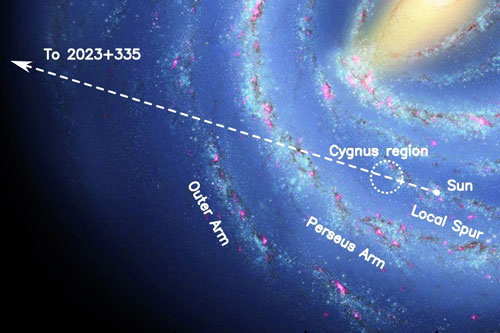 Astronomers discover how the image of a distant quasar splits into multiple images by the effects of a cloud of ionized gas in our own Milky Way Galaxy. Such events were predicted as early as in the 1970s, but the first evidence for one now has come from observations performed with the telescope array VLBA and analysed in the Max Planck Institute for Radio Astronomy.
Astronomers discover how the image of a distant quasar splits into multiple images by the effects of a cloud of ionized gas in our own Milky Way Galaxy. Such events were predicted as early as in the 1970s, but the first evidence for one now has come from observations performed with the telescope array VLBA and analysed in the Max Planck Institute for Radio Astronomy.
Sep 6th, 2013
Read more
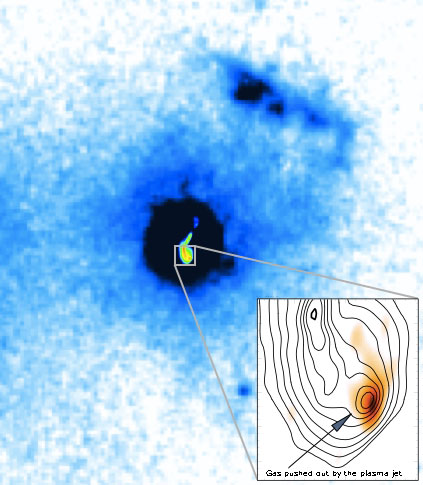 Astronomers using a worldwide network of radio telescopes have found strong evidence that a powerful jet of material propelled to nearly light speed by a galaxy's central black hole is blowing massive amounts of gas out of the galaxy. This process, they said, is limiting the growth of the black hole and the rate of star formation in the galaxy, and thus is a key to understanding how galaxies develop.
Astronomers using a worldwide network of radio telescopes have found strong evidence that a powerful jet of material propelled to nearly light speed by a galaxy's central black hole is blowing massive amounts of gas out of the galaxy. This process, they said, is limiting the growth of the black hole and the rate of star formation in the galaxy, and thus is a key to understanding how galaxies develop.
Sep 5th, 2013
Read more
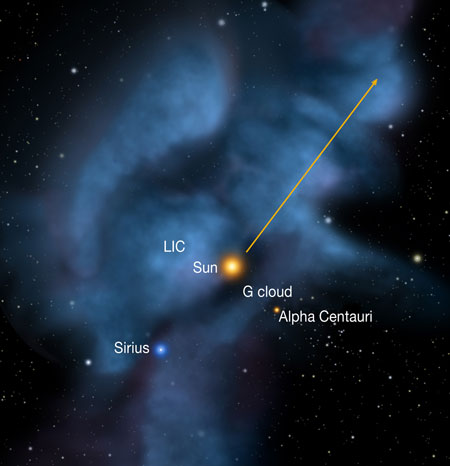 Scientists, including University of New Hampshire astrophysicists involved in NASA's Interstellar Boundary Explorer mission, have discovered that the particles streaming into the solar system from interstellar space have likely changed direction over the last 40 years.
Scientists, including University of New Hampshire astrophysicists involved in NASA's Interstellar Boundary Explorer mission, have discovered that the particles streaming into the solar system from interstellar space have likely changed direction over the last 40 years.
Sep 5th, 2013
Read more

 Subscribe to our Space Exploration News feed
Subscribe to our Space Exploration News feed












